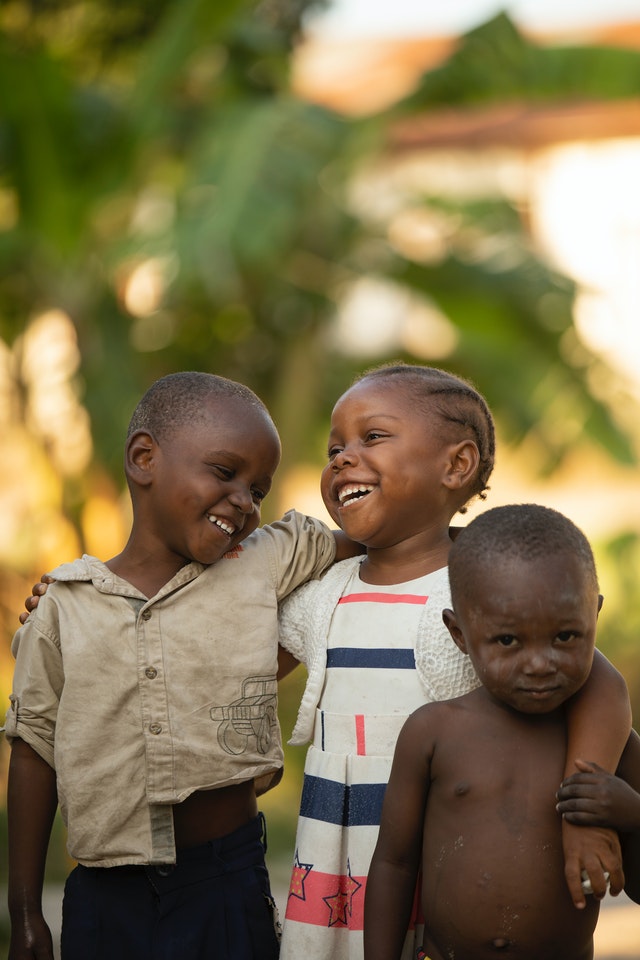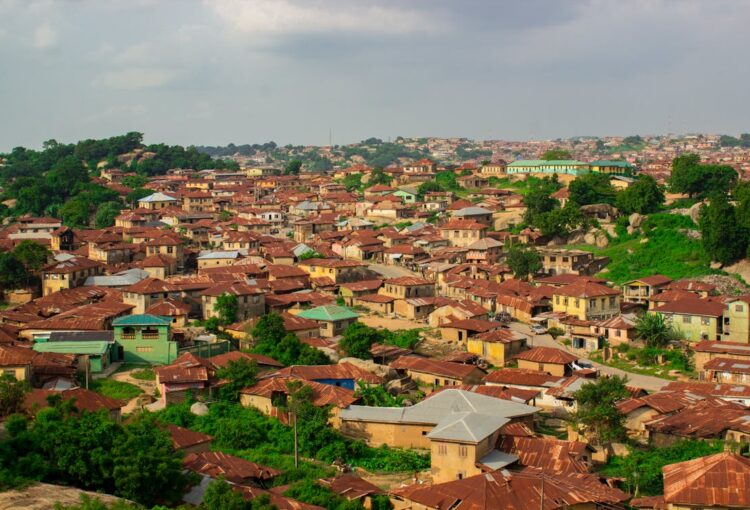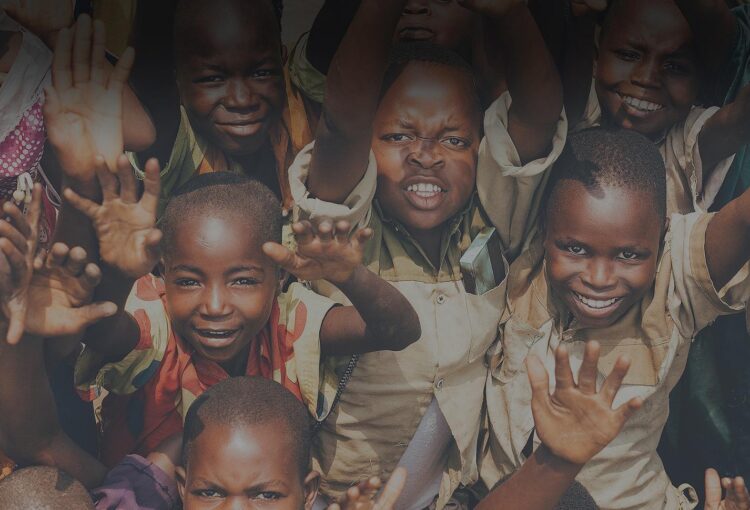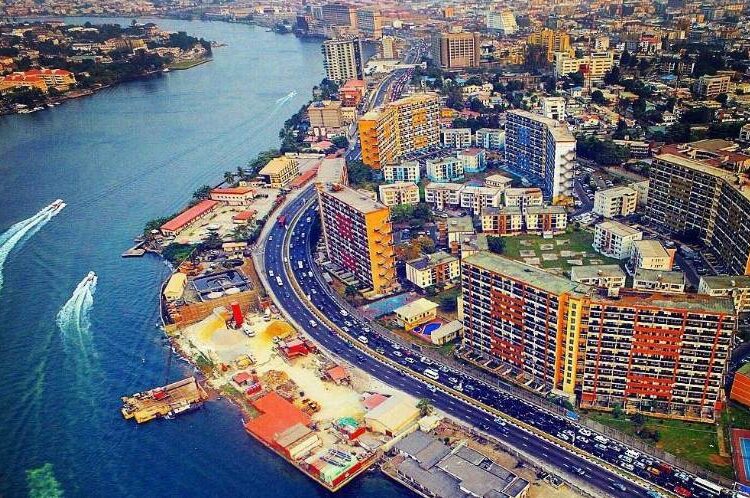Demystifying CIA’s Facts About Nigerian Children

The Central Intelligence Authority’s (CIA) Factbook offers brilliant insights into different aspects of any country. With minimal effort, researchers and other members of the public can obtain specific information about any country’s economy, energy, communication, people, and transnational issues among others.
In this short article, we will shed some light on the reality of a good percentage of Nigerian children, the challenges they face, opportunities available to them, and their likelihood of getting formal education without any type of intervention whatsoever.
Discovering Nigeria
In 1914, the British amalgamated their separately administered northern and southern territories (also known as protectorates) into modern-day Nigeria. A series of constitutions after World War II granted Nigeria greater autonomy, but it was not until October 1, 1960 that the country got its independence from Great Britain. The first 10 years of independence were marked by two bloody coups and a major civil war which began in 1967 and ended in 1970.

An ancient Nigerian town
Between 1971 and 1999, it only witnessed one full term of a democratic system of government. This was from 1979 to 1983. The then President, Shehu Shagari, was re-elected to the office in 1983 but that administration came to an abrupt end on December 31, 1983 when, ironically, current day’s civilian President (who was at the time a military dictator), Muhammadu Buhari, seized power via a military coup.
Fast forward 16 years later, on May 29, 1999, the country returned to a democratic system of government, which has been uninterrupted ever since. It is fair to say that this form of government really began in the country in 1999.
Awaiting The True Dividends of Democracy
Unfortunately, every available empirical data points to the fact that Nigeria’s education sector continues to suffer even in spite of more than two decades of uninterrupted civilian governance. Most Nigerians in their 40s today got their primary and secondary school education in the military era but the quality of public schools in those days was so much better than what obtains in the country’s public schools today. Such an irony.
A lot of these public schools are only still existing because of the intervention of their Alumni associations. The government has pretty much thrown in the towel in a lot of Nigerian states as far as improving and sustaining the quality of education and infrastructure in public schools is concerned. Very recently, we read that the Oyo State Government has handed over Government College, Ibadan to its Old Boys Association to run. What a shame.
Any Hope for the Underprivileged Nigerian Child?

Even when they smile, a lot of Nigerian children are crying for help.
According to the CIA Factbook, there are approximately 90 million Nigerians under the age of 15, and at least 38% of citizens aged 15 and over cannot read and write.
The country’s literacy level, of 62% is, unfortunately, one of the lowest in the world.
By comparison, Cote d’Ivoire has a literacy level of 89.9%.
Worse still, Nigeria’s school life expectancy (SLE), which is the total number of years of schooling (from primary to tertiary school) that a child can expect to receive, assuming that the probability of his or her being enrolled in school at any particular future age is equal to the current enrollment ratio at that age, is only 9 years. By comparison, it is 13 years in Botswana, 16 years in Brazil and 22 years in Australia.
These statistics are heartbreaking for a country which has a lot of potentials – in human capital and natural resources. The ever widening gap between the rich and the poor in the country continues to deal a massive blow on its education sector.

The other side of Nigeria – Victoria Island, Lagos
Today, the average Nigerian parent will hardly choose to send any of its children to a Government owned and managed (i.e. public) school even though such parent was most likely produced by the same public schools, albeit that semblance is only in the form of the name and ownership structure of the school. Those schools are now a stark shadow of what they used to be some 30, 40 years ago.
A Call for Action. A Call to Help
MAM Foundation is not trying to boil the ocean. Far from it. However, seeing the reality on ground, the least we can do is to lead the charge to cater to the educational needs of as many indigent and impoverished children as possible, who otherwise would have had a near zero chance of getting formal education as a result of losing a parent, abandonment, or abject poverty.
It is our hope that you will see the need to kindly join us on this journey, which by the look of it, is a marathon.
